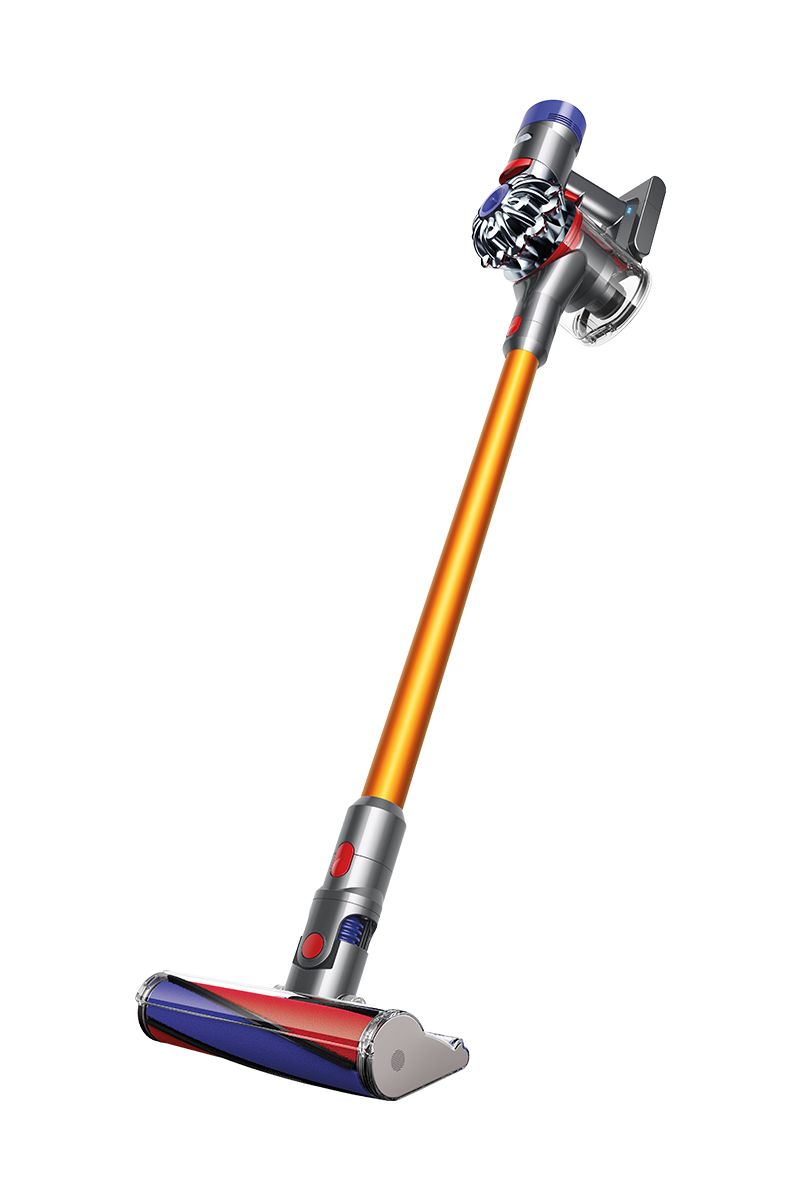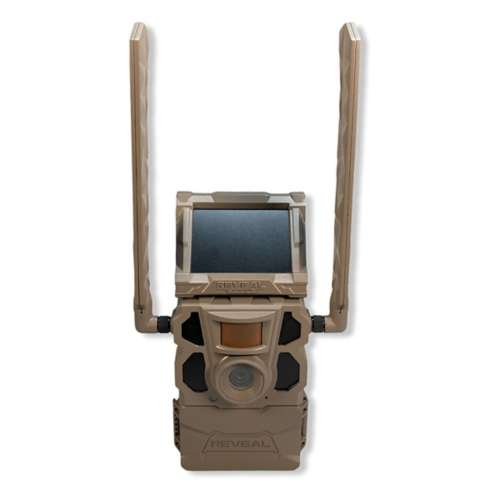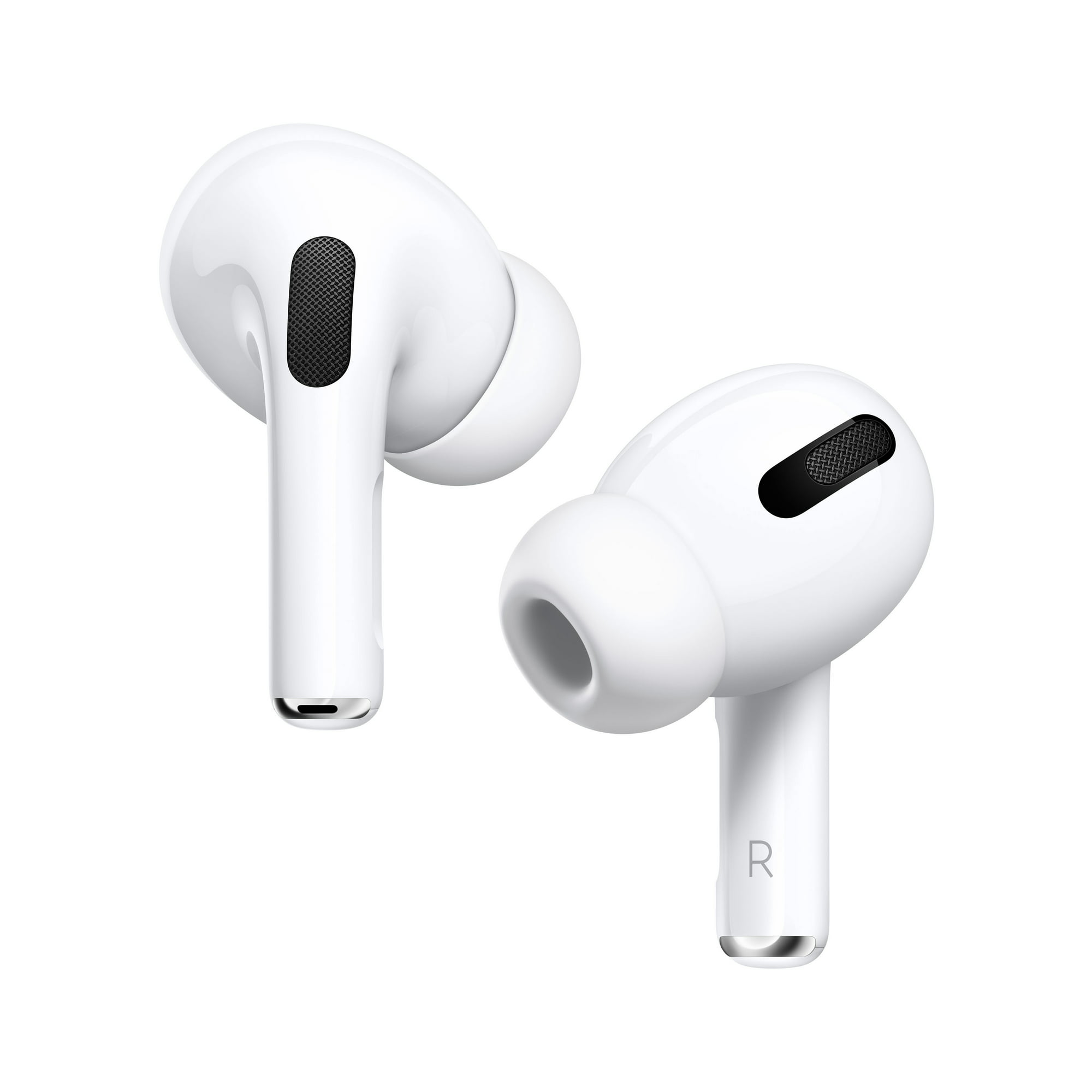Apple Watch Series 6 GPS, 44mm Gold Aluminum Case with Pink Sand Sport Band – Regular
GPS model lets you take calls and reply to texts from your wrist. Measure your blood oxygen with an all-new sensor and app. Check your heart rhythm with the ECG app. The Always-On Retina display is 2.5x brighter outdoors when your wrist is down.
Apple Watch Series 6 lets you measure your blood oxygen level with a revolutionary new sensor and app. Take an ECG from your wrist. See your fitness metrics on the enhanced Always-On Retina display, now 2.5x brighter outdoors when your wrist is down. Set a bedtime routine and track your sleep. And reply to calls and messages right from your wrist. It’s the ultimate device for a healthier, more active, more connected life.
- GPS model lets you take calls and reply to texts from your wrist
- Measure your blood oxygen with an all-new sensor and app
- Check your heart rhythm with the ECG app
- The Always-On Retina display is 2.5x brighter outdoors when your wrist is down
- S6 SiP is up to 20% faster than Series 5
- 5GHz Wi-Fi and U1 Ultra Wideband chip
- Track your daily activity on Apple Watch and see your trends in the Fitness app on iPhone
- Measure workouts like running, walking, cycling, yoga, swimming, and dance
- Swimproof design
- Sync your favorite music, podcasts, and audiobooks
- Pay instantly and securely from your wrist with Apple Pay
- High and low heart rate notifications and irregular heart rhythm notification
- Built-in compass and real-time elevation readings
- Can detect if you’ve taken a hard fall, then automatically call emergency services for you
- Emergency SOS lets you get help from your wrist
- watchOS 7 with sleep tracking, cycling directions, updates to Siri, and new customizable watch faces
Specifications:
- Voice Assistant Built-in: Siri
- Global Positioning: GPS
- Usage Time: 18 hours
- Operating System Compatibility: Apple iOS
- Touch Screen: Yes
- Internal Memory Capacity: 32 gigabytes
- Operating System: watchOS
- Metrics Measured: Activity vs. inactivity, Altitude changes, Cadence, Calories burned, Electrocardiography, Heart rate, Hours slept, Pace
- App Compatible: Yes
- Water Resistant: Yes
- Maximum Depth of Water Resistance: 164 feet
- Mobile Notifications: Yes
- Alert Type: Vibration
Connectivity
- Wi-Fi Compatibility: Wireless B, Wireless G, Wireless
- Bluetooth Enabled: Yes
- Bluetooth Version: 5.0
- Charging Interface: Wireless
- Battery Type: Lithium-ion
- Rechargeable: Yes
- Replaceable Battery: No
- Case Shape: Rectangular
- Band Type: Sport Band
Material
- Case Material: Aluminum
- Case Back Material: Ceramic and sapphire crystal
Dimension
- Adjustable Band Length: Yes
- Case Thickness: 0.41 inches
- Case Width: 1.5 inches
- Minimum Wrist Size: 5.51 inches
- Maximum Wrist Size: 8.66 inches
- Case Size: 44 millimeters
- Product Height: 1.73 inches
- Product Width: 1.5 inches
- Product Depth: 0.41 inches
- Product Weight: 1.29 ounces
Additional information
| Manufacturer Part Number | M00E3LL/A |
|---|---|
| Size | 44 mm, S/M/L |
| Assembled Product Weight | 0.08 lb |
| Assembled Product Dimensions (L x W x H) | 1.73 x 0.42 x 1.40 Inches |






by Ana
Its amazing upgrade from a 3 series
by Tiffany
Great watch! Love having the temperature visible, as well as text messages!
by Karen
Nice watch delivery great.
by Amanda
I Love my New iWatch Series 6! It all but’s ‘Walks n’ Tallks’. It is EXCELLENT! I ordered my watch through WalMart because I got a better price and better service. As a MAC enthusiast, in the past, I ordered all my Mac products through Apple. Lately, their service from Corporate has been less than stellar. Yet, the WalMart App and Service was Exceptional.
by Robyn
Great buy has gotten me moving more than before!! Keeps my phone. Ear me without being in my hand also!
by Ochoa
Great! I upgraded from Apple Watch 3 and I gotta say it’s quite of an improvement. I can change to many more different clock faces and the precision of tracking my activities are on point.
by Nicowa
love love love! i first bought the smaller one. 40 mm but it was hard for me to see clearly. now the larger one is perfect!!
by Irvin
Awesome! Love it! Works great!
by Mark
Gift for my Daughter and she absolutely loves it!!